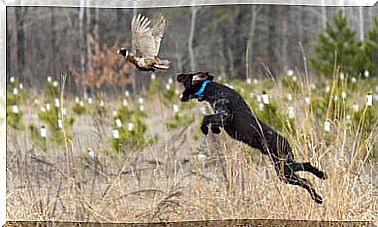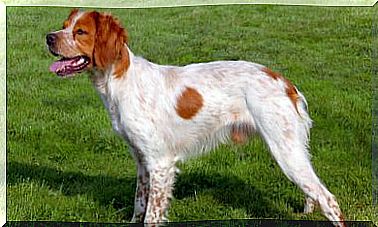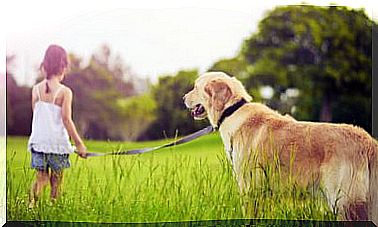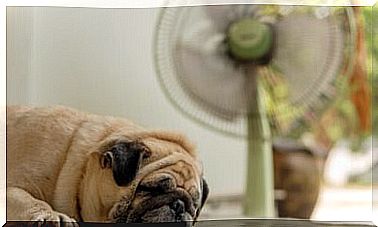Treatment Of Dental Discomfort In The Dog
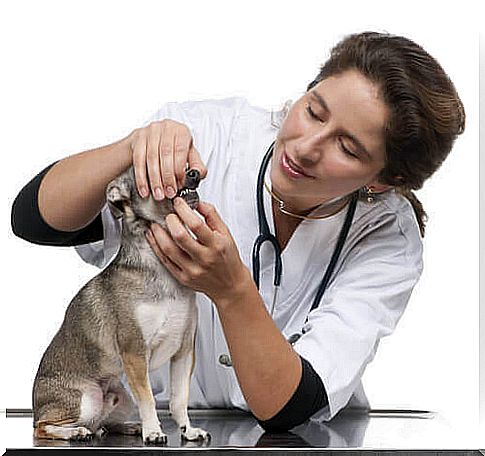
Throughout their lives, our dogs can have different dental problems. In addition to oral diseases, they may also experience pain when changing teeth. Next, we’ll explain how to treat the main dental discomforts in dogs.
Dental discomfort in the dog during the change of dentition
Almost all puppies do not have teeth at birth, as they are in the breastfeeding phase and are fed only by sucking breast milk. Between 15 and 21 days of life, these puppies experience the birth of their first “milk” teeth. But this dentition will take two to three weeks to complete.
Around the fourth month of life, the baby’s milk teeth begin to fall out, giving rise to the growth of permanent teeth. The duration of this second change of teeth varies according to the breed and the organism of each dog, and can extend up to the sixth or ninth month of life.
In practice, it should be borne in mind that the teeth of an adult dog are only fully developed after 12 months. But that doesn’t mean you shouldn’t control development in advance.
As it is a natural physiological process in dogs, this should occur discreetly and without symptoms or pain. However, there may be some dental discomfort in the dog when changing teeth, for example: mild pain or slight inflammation of the gums.
How to treat a dog’s dental discomfort when changing teeth?
It is not recommended that the owner intervenes excessively in the process of changing the dog’s teeth. This transition is part of a dog’s growth, so his body is prepared to go through it naturally.
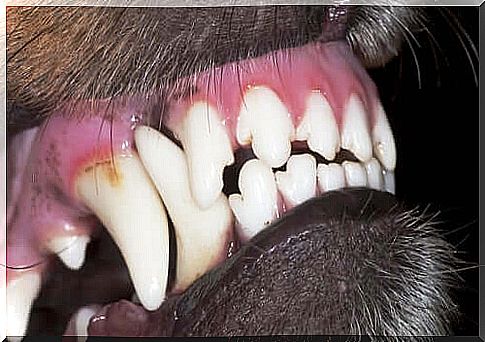
However, it is possible to offer some comfort to the animal, while helping it to positively satisfy the urge to bite. This will also prevent the dog from destroying objects in the house and from ingesting dangerous substances or choking on a foreign body.
For this, it is recommended to buy toys or teethers for your puppy. In addition to controlling the urge to bite, these accessories help reduce pain and relieve anxiety. You should not give bones or hard toys to a puppy less than 10 months old.
If mild symptoms of inflammation or tenderness appear in the gums, chamomile dressings can also be made. To do this, just prepare a concentrated infusion with chamomile flowers or tea bags. When the infusion is at room temperature, apply it as a compress with the help of clean gauze.
Complications in changing dog teeth
Occasionally, some complications can occur during the puppy’s teeth change. The most common occurs when the baby tooth is unable to completely detach, which prevents the correct growth of the permanent tooth.
In addition to pain, this problem can lead to dislocation of the dog’s dental arch. As a result, the animal may have difficulty chewing, in addition to developing digestive problems.
These complications are silent and asymptomatic. Therefore, it is essential that the owner checks the puppy’s mouth daily during this period.
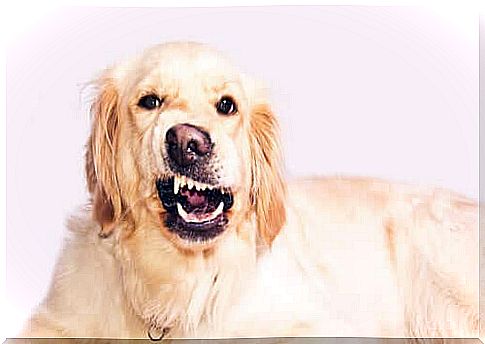
When identifying any problem with tooth growth, as well as sores or changes in the gums, you should take the dog to the vet as soon as possible. Often, a minor surgical intervention is needed to remove the baby tooth.
Dental Discomforts in Dogs Derived from Dental Problems
Just like humans, dogs can be affected by various dental problems. However, the most common oral and dental diseases in dogs are:
- Halitosis (bad breath).
- Tartarus.
- Gingivitis.
- Periodontal disease or periodontitis in dogs.
The treatment of these dental discomforts in the dog must be carried out by a veterinarian. The professional will perform a physical examination in the dog’s mouth and may order some tests to check the patient’s health status.
Then, the veterinarian will evaluate what is the most appropriate treatment to prevent the pathology from continuing and impairing the dog’s quality of life and well-being. The cases of gingivitis and periodontitis almost always require the administration of antibiotics.
All of these problems are associated with the formation and accumulation of plaque between teeth and gums. In fact, they can be easily prevented through proper oral and dental hygiene. One of the most important actions is to regularly brush your dog’s teeth.


